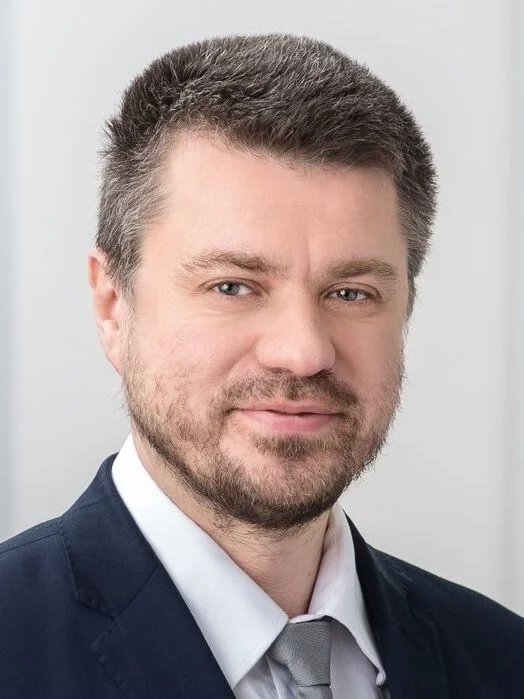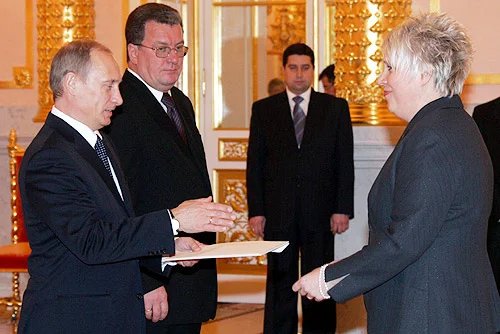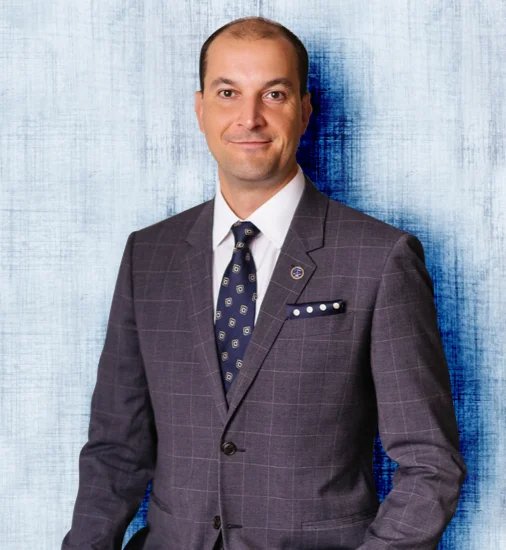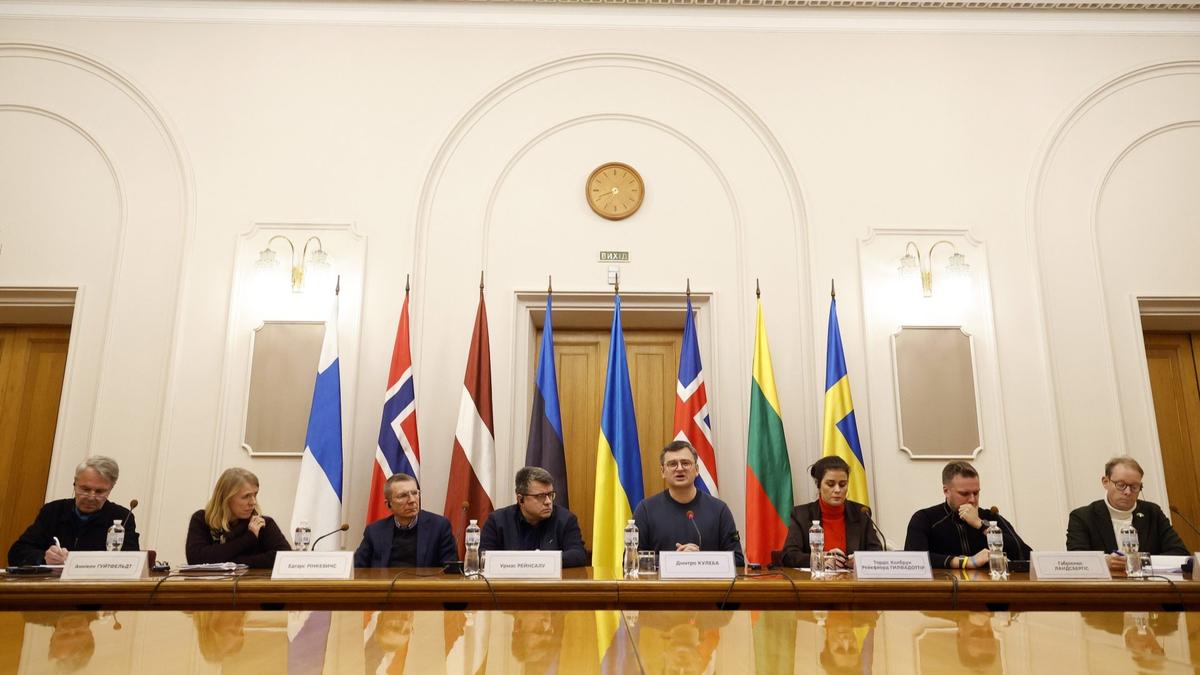The talks about the fate of Russia’s frozen assets have been going on in the EU since the start of the war. Politicians at both European and national levels are arguing whether there are legal mechanisms for the seizure of these assets in favour of Ukraine, and if such mechanisms are not enough, then whether those can be created without violating fundamental human rights and international law. This argument took a new turn in January when the authorities of Estonia, without regard to the position of the European Commission and their colleagues in the EU, announced they were soon going to present a plan on how to transfer Russia’s assets in the country to Ukraine.
Novaya-Europe has contacted European politicians and experts on international law to find out what the potential fate of Russia’s frozen assets might be, how realistic the prospect of using them to help Ukraine is, and what is behind Tallinn’s new initiative.
Assets with immunity
Russia’s assets in the European Union and other Western countries were frozen after the country started its invasion of Ukraine. The decision affected both the $300 billion worth of reserves of the Russian Central Bank and about $19 billion owned by sanctioned Russian businesses. According to data by Politico, 90% of the frozen assets owned by Russian oligarchs in the EU are concentrated in Belgium, Luxembourg, Italy, Germany, Ireland, Austria and France. In addition, the sanctions affected 7.5 billion Swiss francs, although those are only 5% of all Russian assets in Swiss banks.
At the beginning of the war, a consensus was formed in Europe that the properties of the Russian oligarchs involved in the war need to be confiscated. The European Commission set up a dedicated work group for this purpose called Freeze and Seize.
Its goal was to coordinate the actions of national governments to arrest and, “where national law requires”, confiscate the assets of sanctioned Russian and Belarusian oligarchs. Although no cases of successful confiscations have yet been reported, $19 billion of Russian assets is said to have been frozen thanks to the group’s coordinating efforts.
At the same time, as Ursula von der Leyen, president of the European Commission, said, there are no tried-and-true legal mechanisms for confiscating property from private individuals at the EU level. President of the European Council Charles Michel spoke about the need to develop such mechanisms last May.
However, the issue of confiscating frozen state reserves of the Russian Federation, unlike the assets of Russian oligarchs, is much more controversial.
The Baltic countries and Slovakia spoke in favor of this in the spring of 2022. Ursula von der Leyen said in May that such measures were possible, although she stressed that the Russia’s frozen national reserves were formally immune to this.
This immunity has several reasons behind it.
First, it is provided by regular international law, that is, legal customs supported by court decisions. In particular, this was confirmed by a decision of the International Court of Justice in Germany’s lawsuit against Italy.
Second, multiple international acts also validate such immunity. In Europe, the document in question is the 1972 European Convention on State Immunity, signed and ratified by Austria, Belgium, Germany, Luxembourg, the Netherlands, Switzerland, and the United Kingdom. At the UN level, there is the UN Convention on Jurisdictional Immunities of States and Their Property, although it will come into force only once 30 countries ratify it.
Third, immunity is provided by the national legislation of each country. In Russia, for example, there is a federal law “On jurisdictional immunity of a foreign state and property of a foreign state in the Russian Federation”, adopted in 2015. Similar documents exist in the EU countries as well.
It was only in the end of 2022 that the European Commission came up with an actual proposal on how to use the frozen assets of the Russian oligarchs and the Russian state. It was decided that a special investment fund for these assets (both public and private) would be created, and that the income from investments would be transferred to Ukraine. After Russia signs a peace treaty with Ukraine, it may receive this money back, and a certain part of the frozen $300 billion can be used for reparations. The date such a fund would be actually created, and some more specific rules of its operation are only yet to be announced.
Support independent journalism
Estonia takes the initiative
At the national level, not all EU countries and partners of the union are equally ready to implement such initiatives. Germany, for instance, is waiting for an official draft regulation or a bill to be issued by European institutions. Switzerland states that it is not ready to transfer the assets. Only Slovakia and the Baltic countries explicitly support the idea of transferring Russia’s assets to Ukraine. The most active of those is Estonia which is preparing to offer its own mechanism to confiscate the assets.

Urmas Reinsalu Photo: Wikimedia Commons, CC BY 2.0
“Since the European Commission is not moving forward in deciding on the use of these assets, Estonia has taken matters into its own hands and is starting this process itself,” Estonia’s Foreign Minister Urmas Reinsalu said in a comment to Postimees, the largest Estonian newspaper, in early January.
Seeing the lack of consensus in the European Commission, the Estonian government, Reinsalu says, decided to create a “legal structure” that would allow Estonia to use the $20 million of Russian assets it froze earlier.
From a legal point of view, Reinsalu proposes to use the principle that “the country that caused damage must pay reparations.”
Estonia, he says, should set an example for other countries and establish a legal precedent so that “[everyone else] acts faster.” Estonian Foreign Ministry spokesman Mihkel Tamm says the country’s government will prepare a detailed plan for the confiscation and transfer of Russian assets to Ukraine by the end of January.

Marina Kaljurand presenting diplomatic credentials to Vladimir Putin, February 2006. Photo: Wikimedia Commons, CC BY 4.0
This initiative enjoys support in Estonia’s political circles. European Parliament member from Estonia and the country’s former Foreign Minister Marina Kaljurand has told Novaya-Europe that she supports both initiatives, the pan-European one and the Estonian one. At the same time, Kaljurand pointed out that “both processes go in parallel and are equally important”. This stance shows that EU-level plans and plans of each separate country to confiscate Russian property may complement each other but do not necessarily depend on each other as the participants can act independently, guided by their own considerations.
So far, however, legal experts are sceptical about the Estonian initiative. Kaljurand remarks: “[The confiscation plan] must be 100% legally correct in order to withstand possible challenges in the courts.”
Protected by international law
Sergey Glandin, a specialist in international law, a lawyer, and a partner at the NSP law firm, believes that Estonia’s plans may directly contradict EU law.
Glandin refers to Article 17 of the EU Charter of Fundamental Rights, which says that “no one may be deprived of his or her possessions, except in the public interest and in the cases and under the conditions provided for by law, subject to fair compensation being paid in good time for their loss”. Surely, Estonia can amend its Civil Code and give some institution (for example, the Ministry of Justice) the right to sue for the confiscation of these assets, Glandin says.

Sergey Glandin Photo: NSP
However, in this case, “the formal owner will have equal procedural rights in the lawsuit”. Should the Russian side in this process refer to a violation of Article 17 of the Charter, the case is likely to be referred to the EU court. Then, Glandin predicts, the case could take up to a year and a half and will probably end up being decided in favour of the Russian side: “everyone will hold their own”.
Glandin’s view is echoed by Tiina Pajuste, Professor of International Law and Security at Tallinn University. She also refers to Article 17 of the UN Declaration of Human Rights in an interview for the Estonian media outlet ERR. This article also says that “no one shall be arbitrarily deprived of his property”. Theoretically, Pajuste says, these restrictions could be avoided using a UN Security Council decision in the event of a “violation of international peace and security.” But in reality, it is impossible to issue such a resolution or amend the mechanisms that the UN functions with while Russia retains its place as a permanent member with the right of veto.
Opportunities at national level
However, there are ways that may allow confiscation at the national level, Sergey Glandin notes.
The first is the application of criminal law and prosecution for violation of, for example, the rules on sanctions with the recognition of assets as the actual instrument of the crime. It is a fairly common practice: the US Department of Justice did exactly this when it decided to confiscate a Boeing 737-7EM owned by Russia’s Lukoil. The reason behind the decision was the sanctions adopted by the US Department of Commerce which prohibit transportation of US-manufactured aircraft to or from Russia without special permission.

Boeing 737-7EM, owned by Russian Lukoil. Photo: the US Department of Commerce
The second way to confiscate assets at the national level is applying money laundering legislation. A relevant authority (usually a law enforcement agency) may recognise the origin of some financial assets as criminal and apply to the court for their confiscation. This method, however, can only be applied to financial assets and not, say, yachts or real estate.
Neither of these methods, Glandin notes, needs additional legal elaboration since national laws of European countries, including Estonia, have all the necessary norms.
Tiina Pajuste proposes one more option: “countermeasures”, or actions in response to similar violations from the opposite side (in this case, Russia). However, firstly, these measures are limited by the actual scale of violations, and secondly, they must have the property of reversibility, i.e., if Russia (or individuals) returns to complying with international law, the assets will have to be returned. So, this method seems to be suitable for “freezing” assets, but not for confiscating them and transferring them to a third party.
In any case, even at the national level, it will not be possible to carry out confiscation without litigation.
Considering how lengthy court proceedings may be, especially if they go to the EU level, the idea seems doubtful as Ukraine needs money to restore itself right now.
At the same time, Sergey Glandin considers the current plan to create a fund and invest Russian assets to generate profit with the possibility of returning them quite viable. It is unlikely that the EU changes or adjusts its fundamental legal acts, such as the EU Charter of Fundamental Rights. Such a policy would require a revision of the very principles of European integration and a broad political consensus of the European elites on this issue, which is not even on the agenda so far.
Ahead of the election
Estonia’s ambitious plans become more understandable given what is happening in the country’s politics. A parliamentary election is scheduled for 5 March there, and both the new ruling coalition and the government will be determined.
Estonia’s right-wing forces have been on the rise throughout 2022 since the start of the Russian invasion of Ukraine on 24 February. Prime Minister Kaja Kallas’s rhetoric and the ban on entry for Russian tourists have boosted the ratings of her liberal Estonian Reform Party. At the beginning of 2022 it stood at 22% and was approximately equal to the rating of the opposition Conservative People’s Party, but exceeded 30% a year after, leaving rivals far behind.
The growth in popularity allowed Kallas’s party to change its main partner in the ruling coalition from the centre-left party, which is supported by the majority of the Russian-speaking population of Estonia, to the national conservative Fatherland party in the summer of 2022. The current Foreign Minister Urmas Reinsalu who made comments about the confiscation of assets is a member of this party.
According to the latest polling data, support for the ruling Reform Party stands at 31%, Fatherland has 6% of voters’ support, and the Social Democrats (the third coalition partner) have 9%. So, in the current conditions, Kallas would only be able to form a minority government based on 46% of the popular vote.
Europe’s opposition to the ongoing Russian aggression is one of the main components of the election race in Estonia today. Estonian politicians are most likely aware of the legal difficulties they will have to face when trying to transfer Russian assets to Ukraine. However, in the election campaign, these steps will help attract conservative voters. The actual fate of Russia’s assets in Estonia will be decided after the election, and, most likely, the Estonian initiative will give way to the milder, pan-European one.
Join us in rebuilding Novaya Gazeta Europe
The Russian government has banned independent media. We were forced to leave our country in order to keep doing our job, telling our readers about what is going on Russia, Ukraine and Europe.
We will continue fighting against warfare and dictatorship. We believe that freedom of speech is the most efficient antidote against tyranny. Support us financially to help us fight for peace and freedom.
By clicking the Support button, you agree to the processing of your personal data.
To cancel a regular donation, please write to [email protected]

